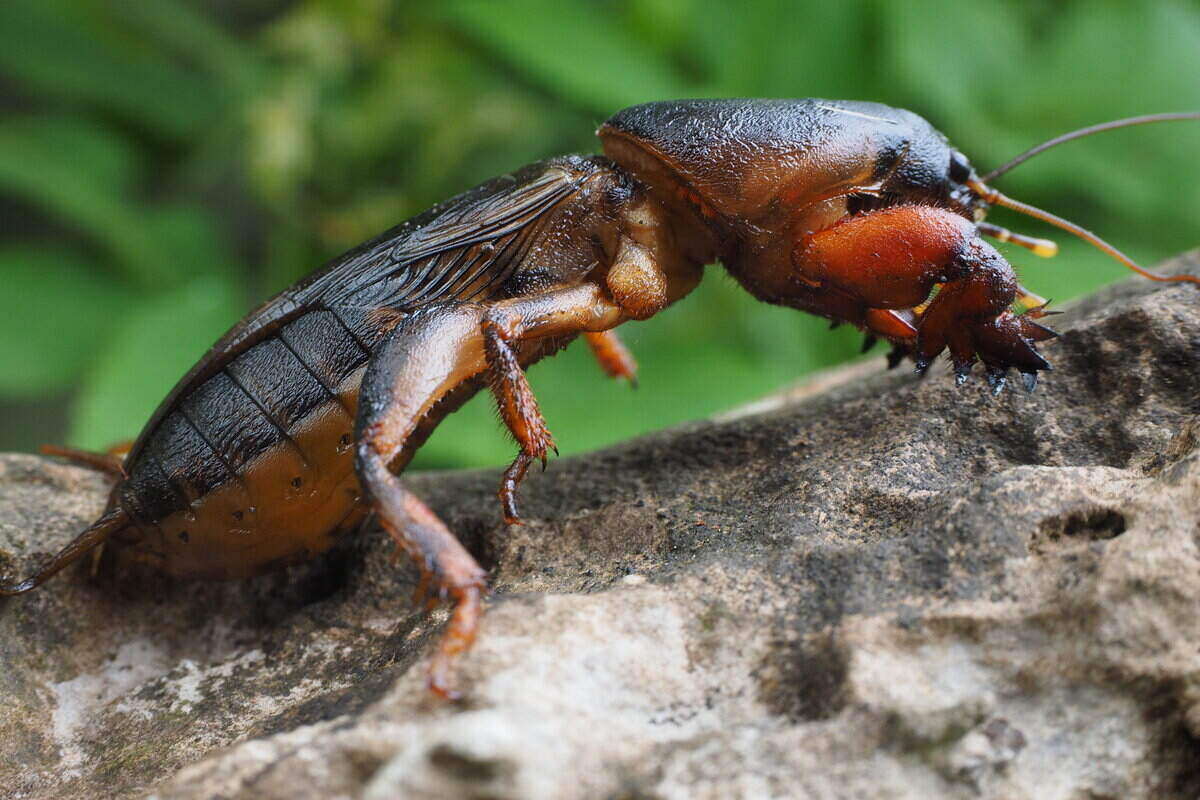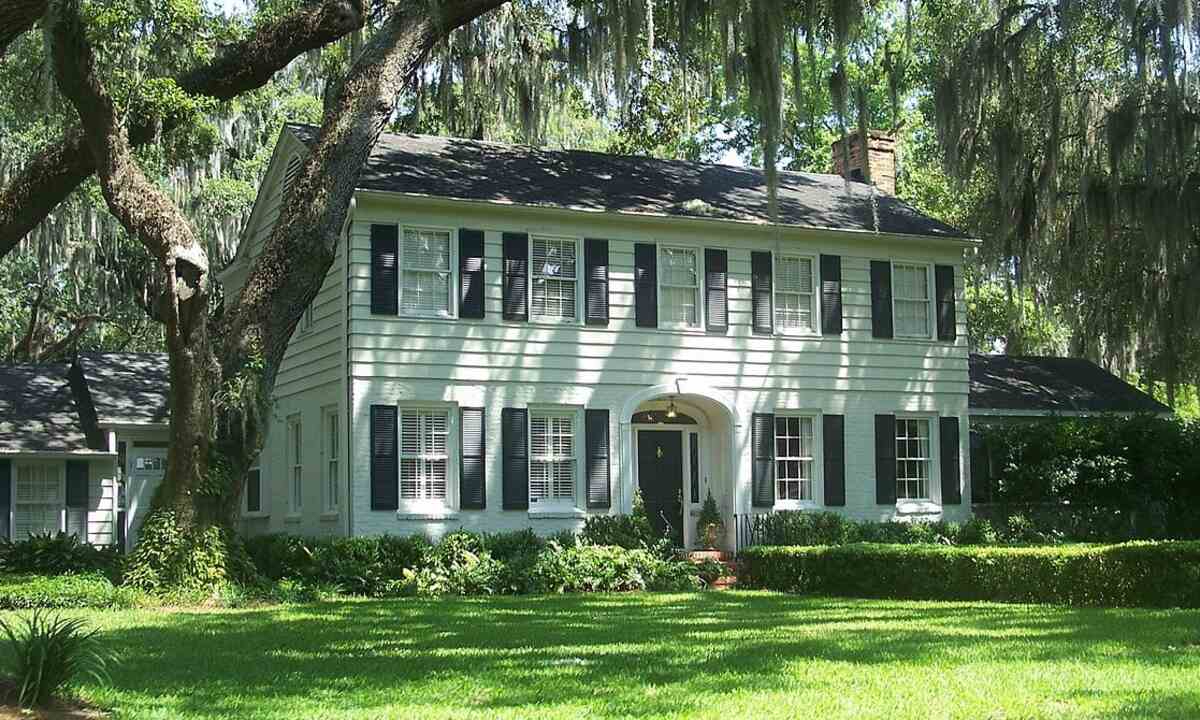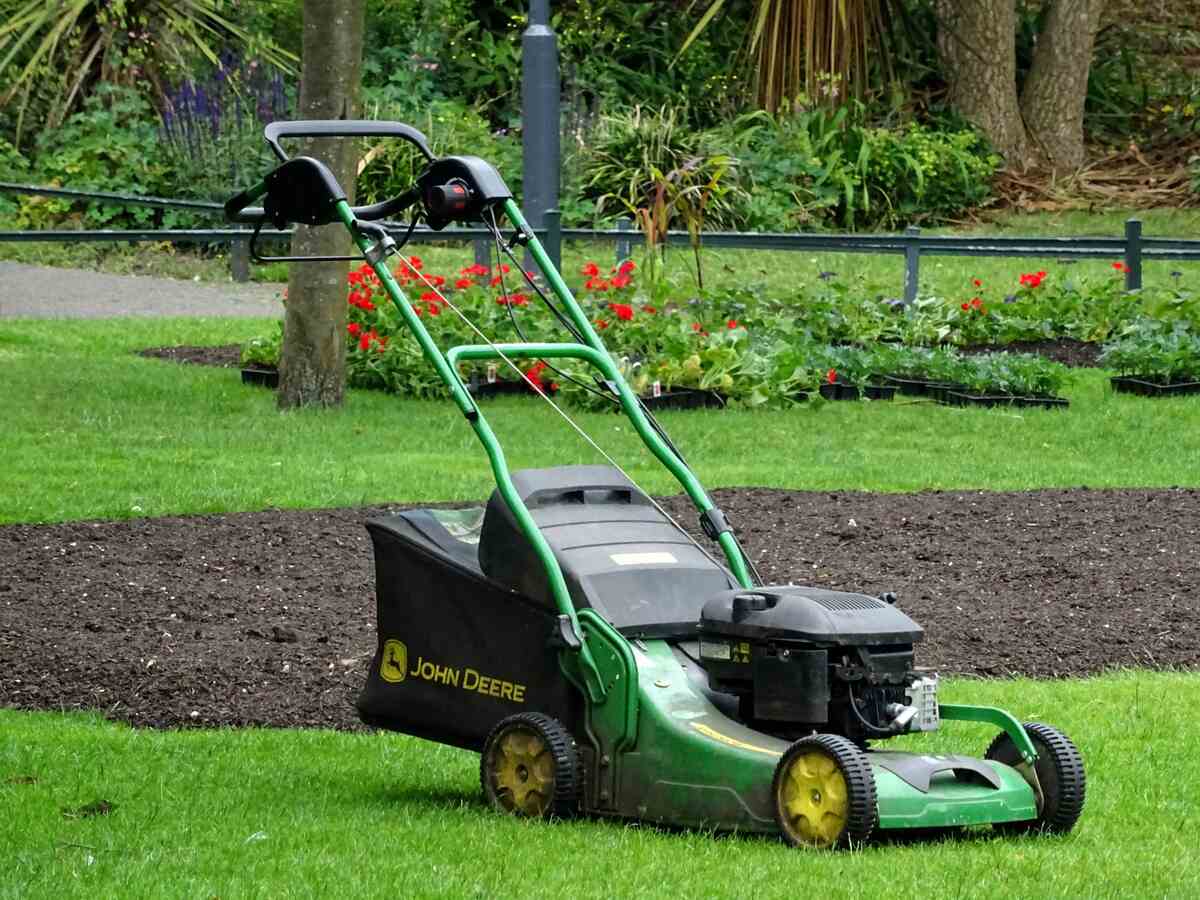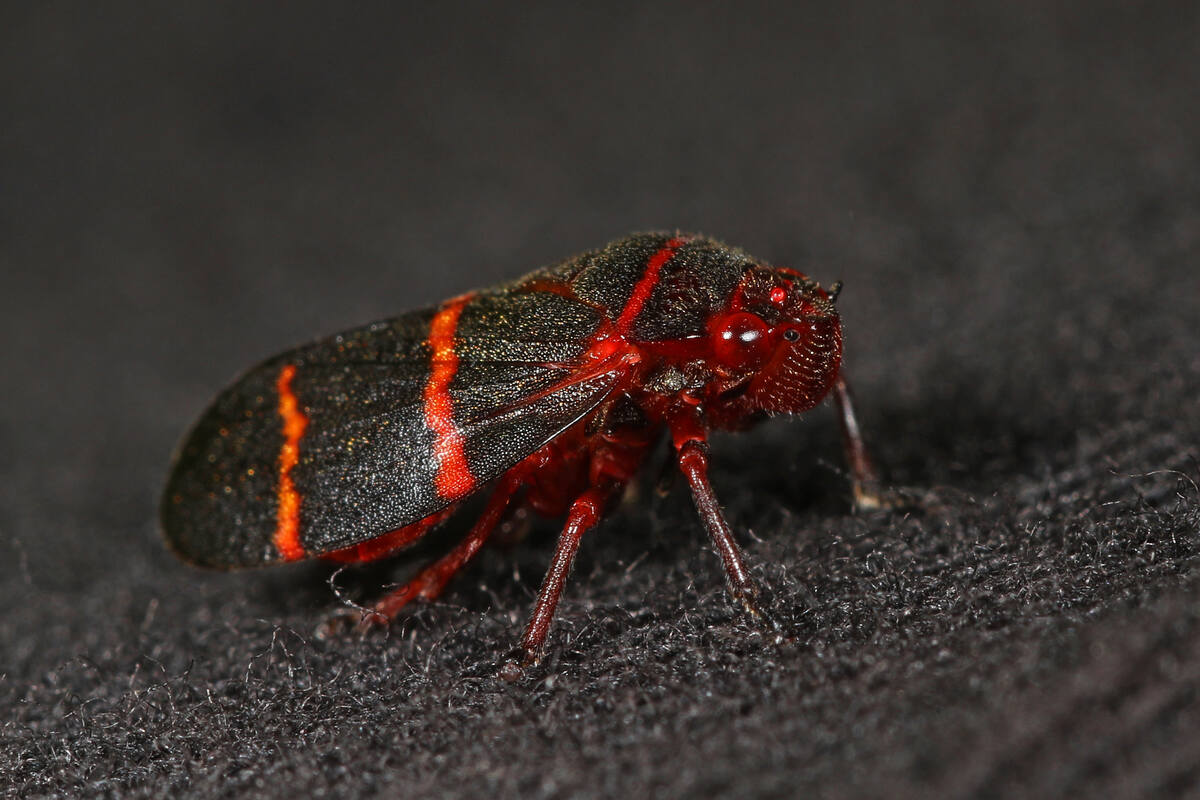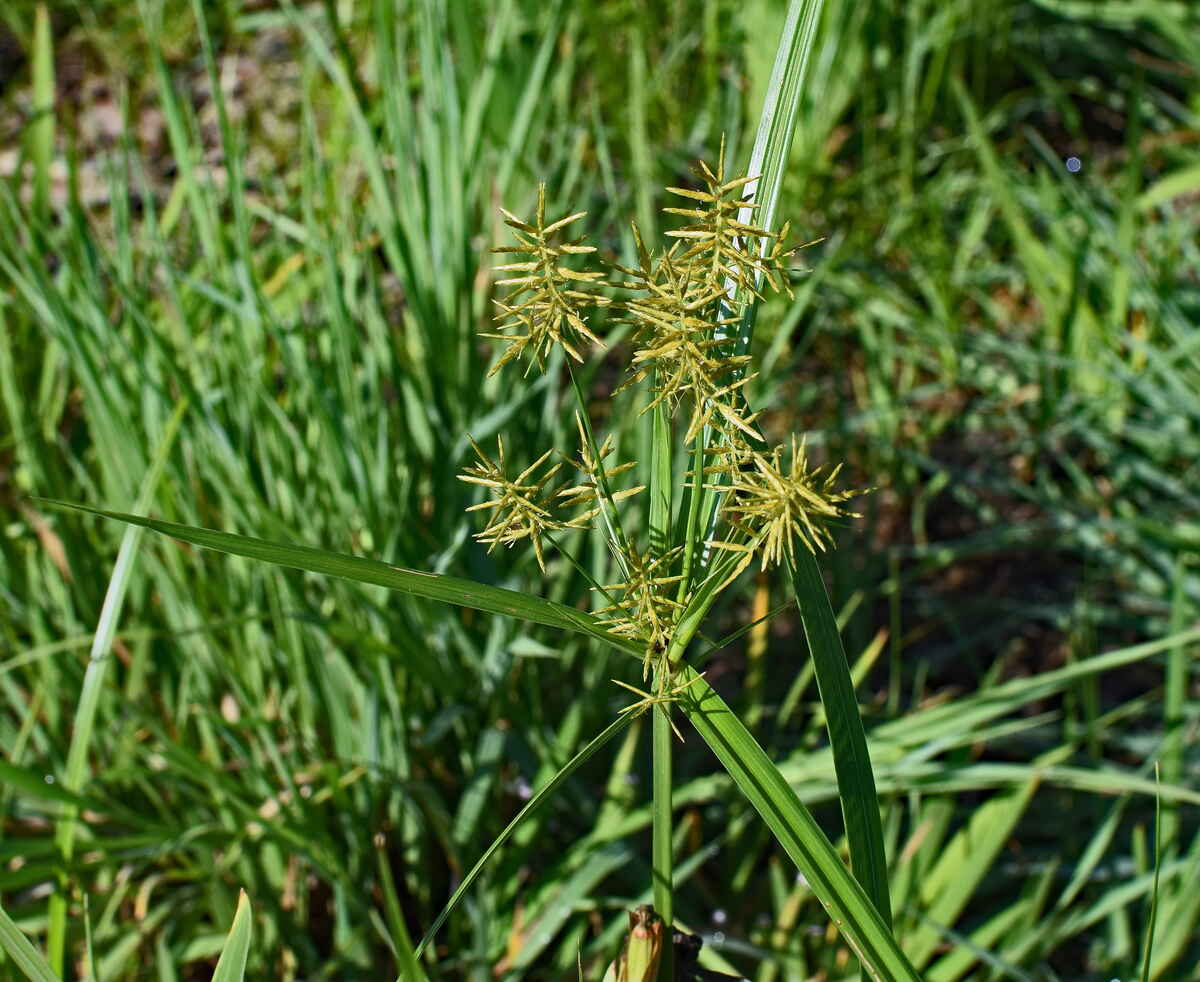
Weeds are the bane of any gardener’s existence, and this rings true for Jacksonville homeowners. These weeds can ruin your perfectly manicured lawn and even take over your whole landscape. Do you know what to look out for and how to deal with these pesky invaders? Here are some of the most common weeds in Jacksonville and how to remove them:
Note: Always read the label on any herbicides before applying them to your lawn and follow the given instructions carefully.
1. Sedges
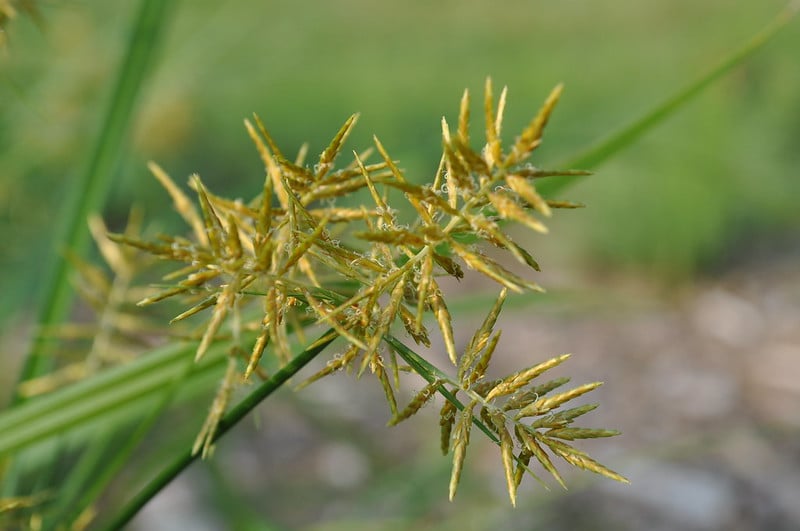
Photo credit: NY State IPM Program at Cornell University / Flickr / CC BY 2.0
Sedges are some of the most widespread weeds not just in Florida but also in the whole world. They’ve even made their way to Antarctica! These grass-like perennials typically reproduce through rhizomes, but some sedges can also spread through seed. Many sedges have tall triangular stems that support flowers. Their leaves tend to cluster in threes.
Sedges love wet soils and tend to thrive in gardens that have an abundance of water. Check for broken sprinkler heads and runoff water from your gutters. Make sure you’re not overwatering your lawn, too.
There are four common sedges that wreak havoc on North Florida lawns:
- Yellow nutsedge (Cyperus escuelentus)
- Purple nutsedge (Cyperus rotundus)
- Green kyllinga (Kyllinga brevifolia)
- Globe sedge (Cyperus globulosus)
Yellow Nutsedge
This is one of the most common sedge weeds found in Florida. Often confused for purple nutsedge, yellow nutsedge has pointy leaf tips and yellow seed heads and tastes somewhat sweet.
Although sedges love water, this species can grow in both wet and dry soils, and it loves the sun. You can remove yellow nutsedge with bentazon, a post-emergent herbicide safe for all five of Jacksonville’s most common grass types.
Purple Nutsedge
Purple nutsedge is another common sedge weed in the Sunshine State. It’s considered the world’s worst weed by many gardeners. Its underground runners let it spread aggressively across your lawn. Unlike yellow nutsedge, its tips are rounded, and it tastes rather bitter. Purple nutsedge likes the sun and grows in sandy, moist soils.
Green Kyllinga
Unlike the nutsedges above, green kyllinga grows a dark green mat. This lawn weed grows low – no more than 6 inches tall – and loves moist areas. It spreads through seeds and rhizomes. You can also use bentazon to exterminate this weed.
Globe Sedge
This sedge species grows in dense clumps. Unlike the green kyllinga, it can grow to 20 inches tall if left unchecked. Reproducing through seeds and rhizomes, globe sedge loves sandy soils.
How to Get Rid of Sedges
If you’re unable to prevent sedges from getting into your North Florida lawn, you can use post-emergent herbicides to eradicate them, such as:
- Halosulfuron
- Imazaquin (don’t use on bahiagrass lawns). After applying imazaquin, be careful with your lawn, as it slows down growth; although you’ll be mowing less, your turf will recover from damage slower, too.
- Broad-spectrum herbicides (glyphosate)
2. Crabgrass (Digitaria species)
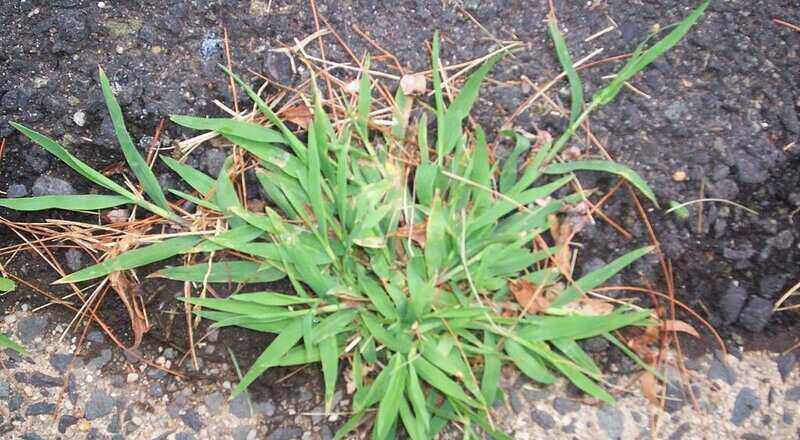
This grass is a summer annual and might be responsible for patches of brown turf during the winter (which is one of many reasons crabgrass is bad). Although crabgrass dies off in the winter, it will most likely come back once temperatures warm up. The best offense against crabgrass is a good defense. Maintaining a healthy lawn keeps crabgrass from establishing itself, as healthy turfgrass outcompetes it.
There are five common crabgrass species that invade Florida lawns:
- India crabgrass
- Blanket crabgrass
- Southern crabgrass
- Tropical crabgrass
- Smooth crabgrass
How to Get Rid of Crabgrass
To get rid of crabgrass, you can target it either before it sprouts or after with pre-emergent or post-emergent herbicide. North Floridians looking to use pre-emergent herbicides should apply them in early March. Don’t use them in areas where you plan to lay down new sod or otherwise grow new turf for a few months. Your pre-emergent herbicides are:
- Benefin
- Pendimethalin
- Prodiamine
- Indaziflam
- Dithiopyr
- Bensulide
- Oryzalin
Your post-emergent solutions are fewer, but you can opt to skip the herbicide and hand-pull crabgrass instead. However, make sure to get the whole plant. Your post-emergent herbicide options are:
- Broad-spectrum herbicides (glyphosate)
- Fenaxaprop (for Zoysiagrass lawns only)
3. Torpedograss (Panicum repens)
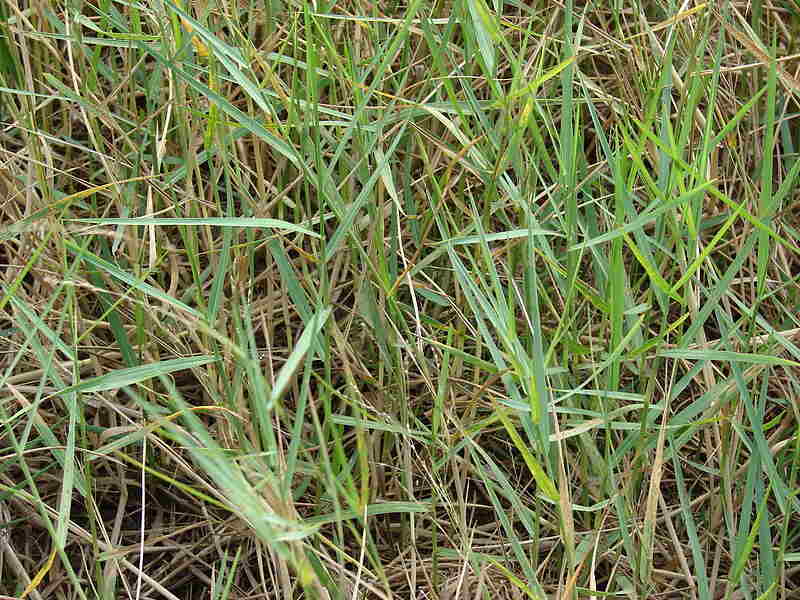
Named for its sharp, torpedo-like tips, torpedograss is a perennial. This grass species is invasive, growing all over Florida lawns and over 70% of the Sunshine State’s public waters. When left unchecked, it can grow up to 4 or 5 feet tall. Torpedograss spreads through rhizomes and stem fragments.
How to Get Rid of Torpedograss
Almost all torpedograss extermination methods are post-emergent. You can hand-pull this lawn weed or use these post-emergent herbicides:
- Fluazifop
- Quinclorac (for zoysiagrass lawns only)
- Broad-spectrum herbicides (glyphosate)
4. Dollarweed (Hydrocotyle species)
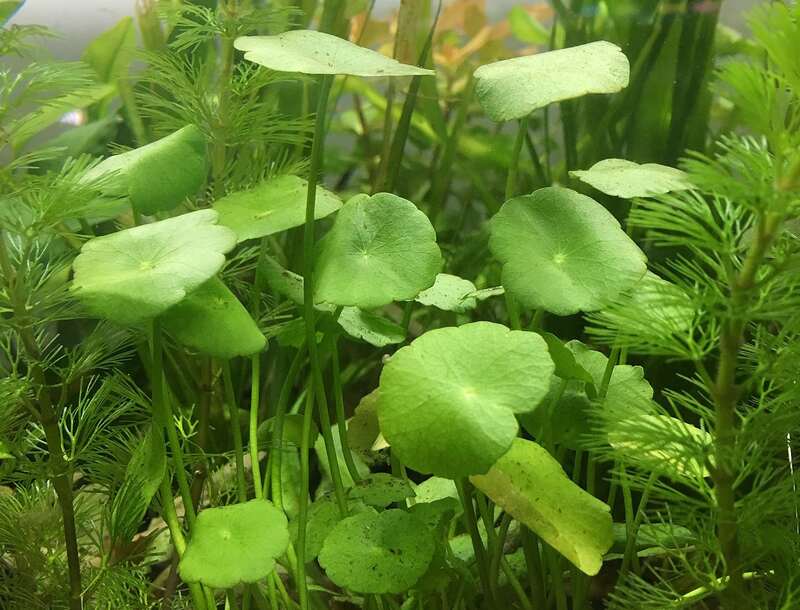
Also known as pennywort, dollarweed grows from seed, rhizomes, and tubers. This broadleaf lawn weed gets its name from its lily pad-like leaves, which grow to be around the size of a silver dollar. Dollarweed is a water-loving perennial that grows low to the ground. Check for overwatering to avoid nurturing it.
How to Get Rid of Dollarweed
Aside from hand-pulling, you can get rid of dollarweed with both pre and post-emergent herbicides. Your pre-emergent options are:
- Atrazine (for St. Augustinegrass and centipedegrass lawns only)
- Isoxaben
Your post-emergent options are:
- Atrazine (for St. Augustinegrass and centipedegrass lawns only)
- Clopyralid (don’t use on residential turf)
- 2,4-D
- Imazaquin
- Metsulfuron
5. Doveweed (Murdannia nudiflora)
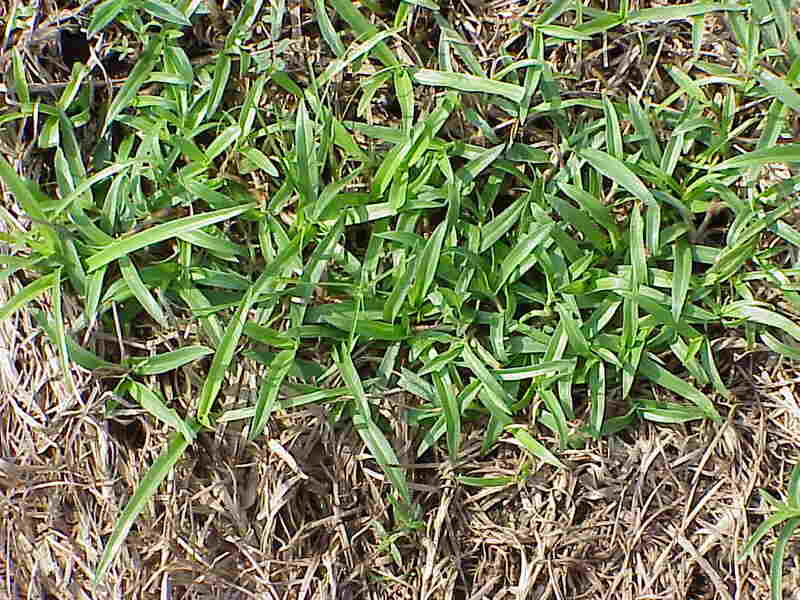
Thriving in St. Augustine, Bermuda, and Zoysiagrass lawns, doveweed is an aggressive warm-season annual. It has small, purple flowers and spreads through seeds and stolons. You might mistake it for St. Augustinegrass because of how similar its leaves look to the turf grass. For more identification tips, check out our article, “What Does Doveweed Look Like?”
Doveweed loves water, so check your yard for drainage issues and overwatering. Keep dogs away from these plants, as doveweed can cause severe contact dermatitis to them. Like crabgrass, the best defense against doveweed is a good offense, so keep your lawn healthy to drive it away.
How to Get Rid of Doveweed
Don’t worry too much if doveweed manages to get a foothold in your lawn. You have both pre and post-emergent herbicide options to eradicate this weed. Your pre-emergent options are:
- Atrazine (for St. Augustinegrass and centipedegrass lawns only)
- Simazine
- Indaziflam
Your post-emergent options are:
- Atrazine (for St. Augustinegrass and centipedegrass lawns only)
- Clopyralid (don’t use on residential turf)
- Sulfosulfuron
- Thiencarbazone+foramsulfuron+halosulfuron
6. Chickweed (Stellaria media)
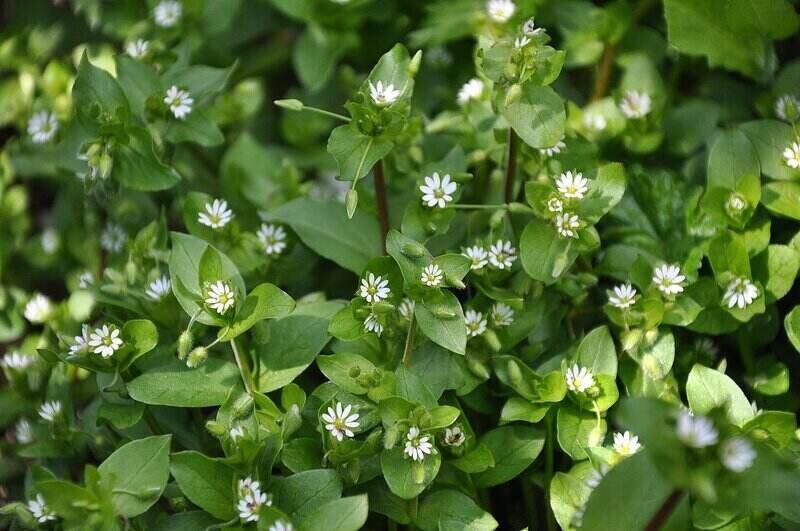
This is one of the most widespread weeds throughout Florida and the rest of the world. Growing low, chickweed has smooth, oval leaves that end in a sharp tip and star-shaped flowers. Chickweed is a winter annual that grows in a dense mat and spreads slowly.
How to Get Rid of Chickweed
Chickweed can be dealt with using pre and post-emergents, but it’s better to use pre-emergents. Your pre-emergent herbicides are:
- Prodiamine
- Pendimethalin
- Dithiopyr
- Flumioxazin
- Indaziflam
- Dimethenamid-P
You can hand-pull chickweed after it has germinated, but you have to do so before it flowers. Aside from hand-pulling, you can use these post-emergent herbicides to deal with chickweed:
- Broad-spectrum herbicides (glyphosate)
7. Spurges
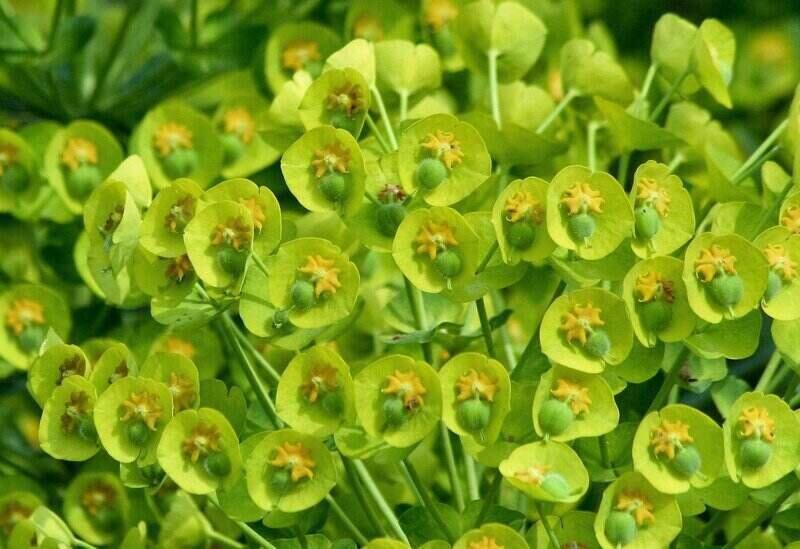
There are two spurges that commonly affect North Florida lawns: the prostrate spurge (Euphorbia humistrata) and the garden spurge (Euphorbia hirta). The prostrate spurge has asymmetrical, round leaves that sometimes have a reddish spot on them. On the other hand, the garden spurge has hairy reddish-purple stems and serrated leaf blades. They both grow low and produce a milky sap when their stems are broken.
Spurges (Euphorbia species) are summer annuals that typically spread through seeds.
How to Get Rid of Spurges
Aside from hand-pulling, spurges can be dealt with using pre and post-emergent herbicides. Your pre-emergent options are:
- Atrazine (for St. Augustinegrass and centipedegrass lawns only)
- Isoxaben
- Simazine
Your post-emergent options are:
- Atrazine (for St. Augustinegrass and centipedegrass lawns only)
- Metsulfuron
- Simazine
- Sulfentrazone
8. Old World Diamond-Flower (Oldenlandia corymbosa)
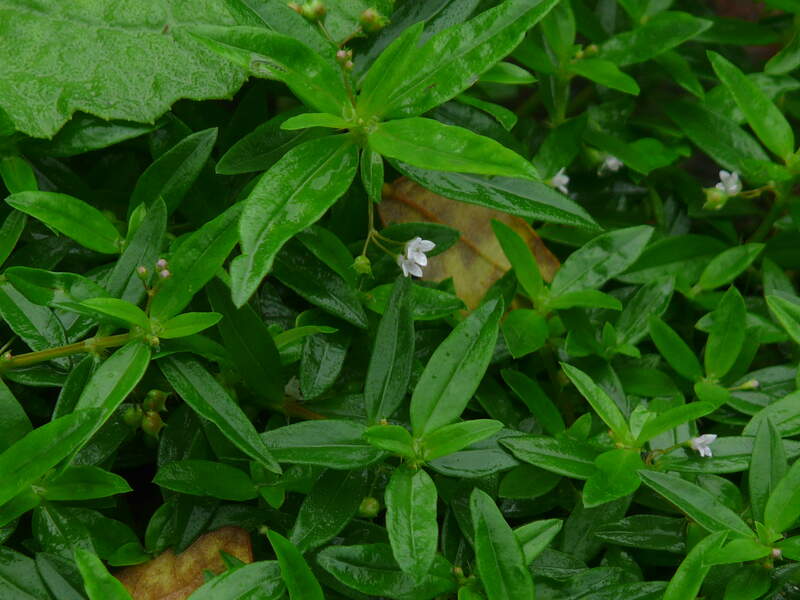
Also known as flattop millie graines, old world diamond-flower is a summer annual that likes warm and moist areas. It spreads like a mat and has long, narrow leaves as well as small white flowers. Old world diamond-flower typically spreads through seed.
How to Get Rid of Old World Diamond-Flower
Once this weed has established itself on your lawn, you can only deal with it after it has germinated. Your post-emergent herbicide options are:
- Atrazine (for St. Augustinegrass and centipedegrass lawns only)
- Carfentrazone
FAQ About Jacksonville Weeds
Aside from maintaining a healthy lawn, you can prevent weeds from getting into your lawn by mulching and having a dense turf or ground cover. Both of these keep weeds at bay because they block the weeds from getting sunlight.
Weed and feed is a lawn care product that combines fertilizers and herbicides into one. While some gardeners like weed and feed products because they kill weeds without hurting turf and fertilize their plants, they can actually promote weeds. Aside from that, weed and feed products can have some negative effects not just on your lawn but also on the environment.
Typically, Jax homeowners can get away with watering their lawns once a week. However, you should always check your lawn to see if it needs watering. You can read more in our article listing some Jacksonville lawn watering tips.
Having a good watering schedule is essential for preventing weeds, as overwatering can encourage weed growth.
Weed Out Unwanted Plants From Your Jacksonville Lawn
Getting rid of weeds is important if you want to maintain a lush, manicured lawn. Some weeds can also take over your yard completely, so it’s best to eradicate them before they get a chance to spread.
While homeowners can easily remove weeds themselves, not everyone has the time and energy. If that sounds like you, why not hire a professional lawn care company? LawnStarter connects homeowners with local lawn care professionals that can help them with weed control and general lawn maintenance. Contact a Jacksonville lawn service today.
Main Image Credit: Wallpaperflare
